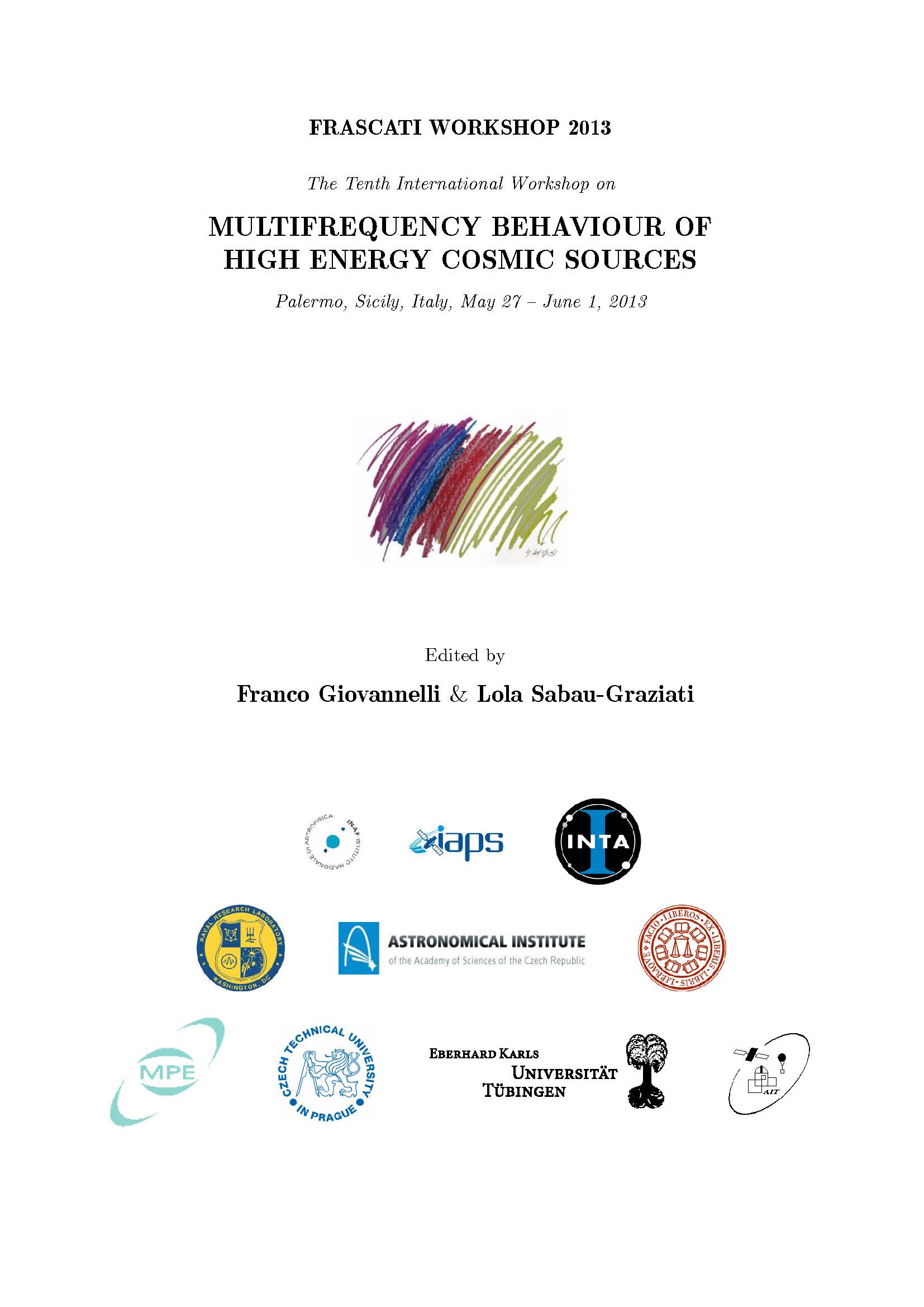Unveiling the Nature of INTEGRAL Objects: a Review
DOI:
https://doi.org/10.14311/APP.2014.01.0240Abstract
Since its launch in October 2002, the INTEGRAL observatory has improved our knowledge of the hard X-ray sky above 20 keV, carrying out more than ten years of observations in the energy range from 5 keV to 8 MeV. The most recently published INTEGRAL/IBIS surveys listed more than seven hundred sources in the 20-100 keV band. Most of these objects are either Active Galaxies (AGNs) or X-ray binaries; a fraction of both classes is made of highly absorbed sources, often associated with dim optical counterparts. Despite the big eort in the identication process, a large part of these IBIS objects (~25% of them) still remains unclassied. Cross-correlation with archival catalogues and/or multiwaveband follow-up observations are of invaluable help to identify and properly classify this unknown objects, but only optical or IR spectroscopy with ground based telescopes in the Northern and Southern Hemisphere can reveal the real nature of these objects. In this work we report on source types that we nd among the unidentied objects in the most recent INTEGRAL surveys.Downloads
Published
Issue
Section
License
Copyright notice
Authors who publish with this journal agree to the following terms:
1. Authors retain copyright and grant the journal the right of the first publication with the work simultaneously licensed under a Creative Commons Attribution License that allows others to share the work with an acknowledgement of the work's authorship and initial publication in this journal.
2. Authors are able to enter into separate, additional contractual arrangements for the non-exclusive distribution of the journal's published version of the work (e.g., to post it to an institutional repository or to publish it in a book), with an acknowledgement of its initial publication in this journal.
3. Authors are permitted and encouraged to post their work online (e.g., in institutional repositories or on their website) prior to and during the submission process, as it can lead to productive exchanges as well as earlier and greater citation of the published work (See The Effect of Open Access).


